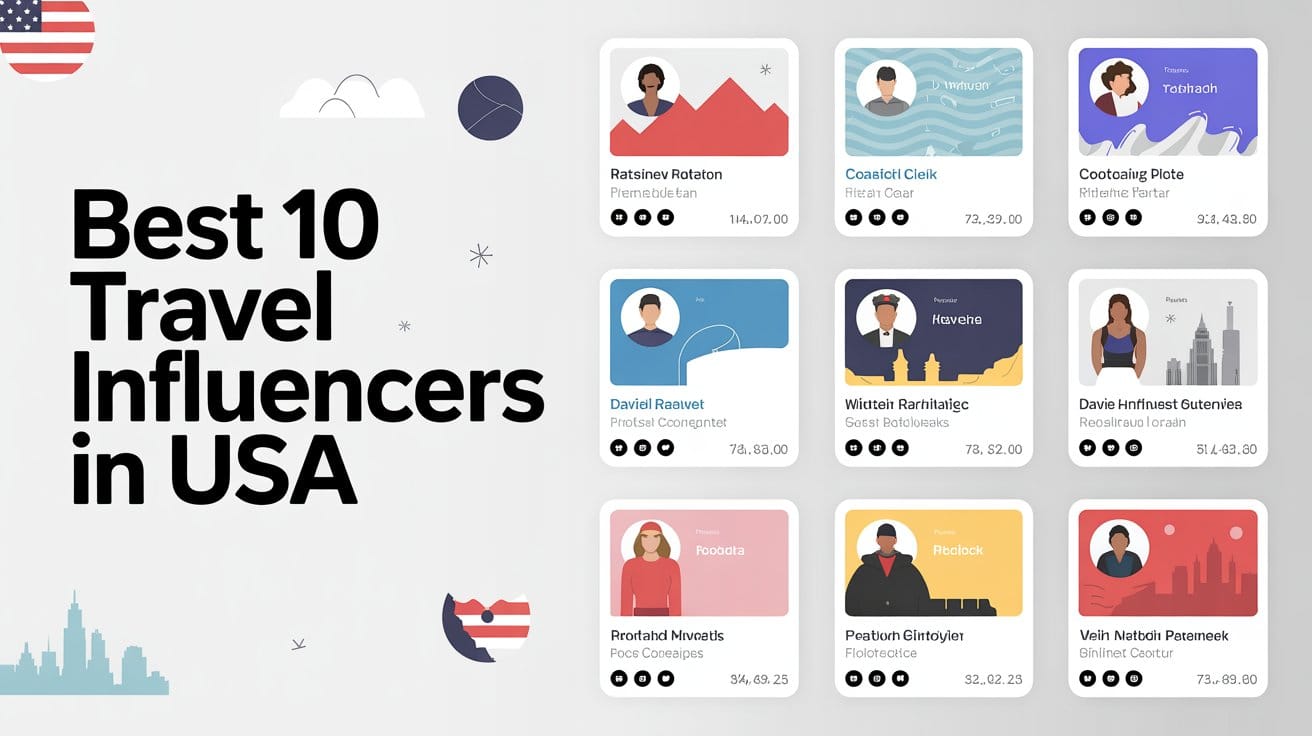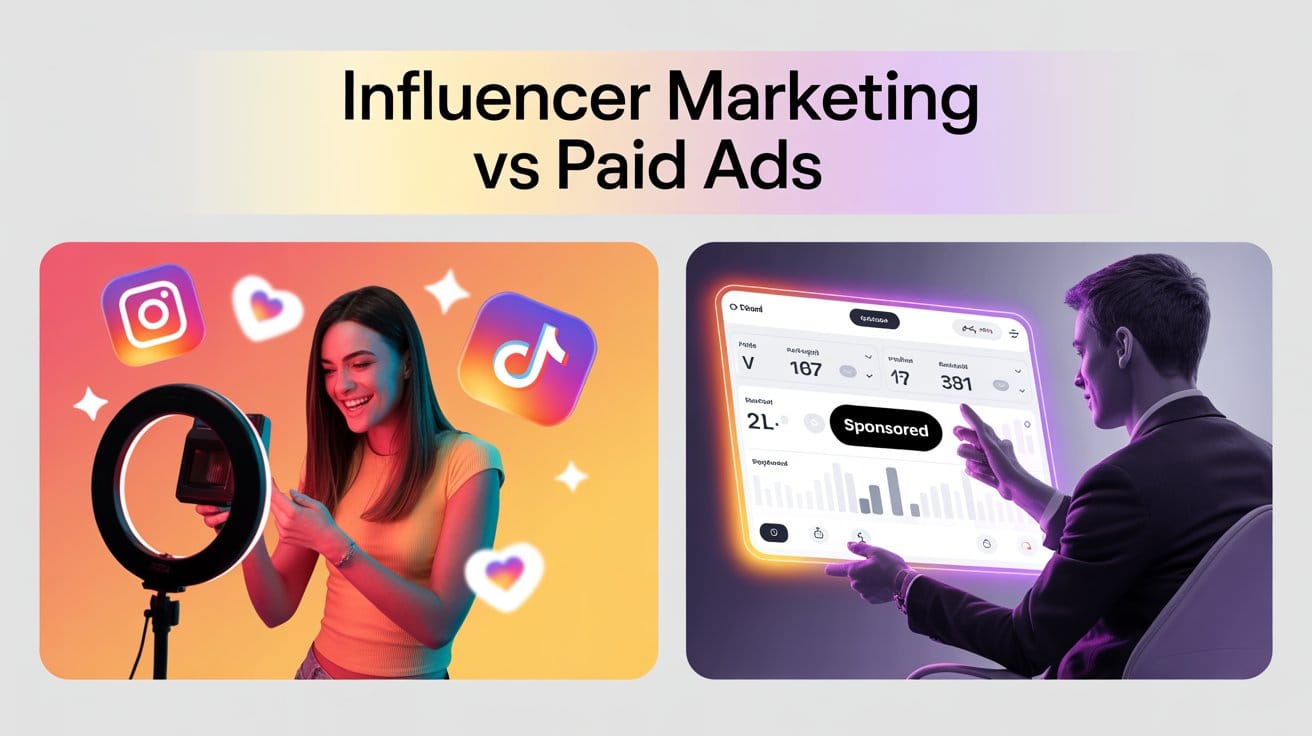Learning how to do YouTube marketing in today’s environment requires more than surface level tactics. Audiences behave differently. Buying decisions have moved onto video. Search habits have shifted from text to visual research. Brands that treat YouTube as a structured growth engine see compounding results, while brands that rely on posting random videos get stuck in low reach cycles.
Through years of analyzing high performing channels and helping brands scale with video, one thing has become clear. Success on YouTube is earned through clear intention, strategic content design, and measurable optimization. YouTube is not merely a place where people watch entertaining clips. It is a hybrid search and recommendation platform that influences purchasing decisions across almost every major category.
If you want to build a YouTube marketing strategy that produces real revenue and not just views, you need a system. This guide shows you exactly how to build one.
Why YouTube Works Now
YouTube has become a core part of the modern decision journey. People watch tutorials before buying tools, they compare products before checking out, and they rely on creator insights when evaluating brands. This higher intent behavior means your content no longer fights for attention in a noisy feed. Instead, it meets users at the moment they search for solutions.
Long content on YouTube performs because viewers actively choose it. Short content performs because viewers tap through topics that reflect existing interests. Together, these formats give you multiple touchpoints with the same potential buyer. That mix of depth and reach is one of the biggest reasons YouTube delivers stronger ROI compared to traditional social channels.
What You Actually Want to Achieve With YouTube Marketing
Most teams fail with YouTube because they lack a clear objective. They want more views but have no clarity about how those views should support revenue. Before building a strategy, define what YouTube should produce for the business. It could be:
• Higher volume of qualified leads
• More traffic to authority based content
• Sales from educational videos
• Stronger brand trust before product consideration
When your content maps to one specific outcome, every video becomes easier to design. You shift from guessing to engineering. This mindset is the foundation of any effective YouTube marketing strategy.
Building Content Around Problems, Not Demographics
Traditional audience profiles focus on age, gender, and superficial interest categories. On YouTube, this does not work. Viewers engage with videos that help them solve immediate problems. If you want people to watch your content fully and take the next step, your topics must match real intent.
A better approach is to study problem sets. Ask questions like:
• What pain points trigger someone to search for this topic
• What misunderstandings exist that your brand can clarify
• What outcomes does your audience want but does not know how to reach
By focusing on problems rather than demographics, you attract viewers who are ready to learn, ready to engage, and often ready to buy.
Crafting a Data Driven Content Architecture Instead of Random Videos
The highest performing YouTube channels rely on structured content systems. They do not post whatever comes to mind. They organize videos into three key categories:
1. Discovery videos
These attract new viewers through broad but relevant topics. They help the algorithm understand your theme and pull users into your world.
2. Problem solving videos
These target specific pain points and provide practical help. They improve retention and build trust fast.
3. Decision videos
These guide viewers toward deeper actions such as downloading resources, joining programs, or trying products.
This architecture ensures that every video has a purpose. Over time, it creates a path that moves cold viewers toward warm engagement and finally toward conversion. This is the core of learning how to do YouTube marketing with consistency.
The Optimization Layer
Most of the wasted potential on YouTube comes from poor optimization. Even valuable videos fail without strong hooks, compelling packaging, and retention friendly pacing.
Focus on these elements:
Titles
Use clear intent driven phrases that promise a specific outcome or answer a direct question. Avoid clever wordplay. Viewers want clarity.
Thumbnails
Visual simplicity wins. Use contrast, recognizable subjects, and a single focal point. Clutter reduces click through rates.
Retention design
Introduce the problem quickly, avoid long intros, use transitions that guide viewers naturally, and remove any segment that slows momentum.
When your packaging increases click through rates and your structure increases watch time, the algorithm pushes your videos to larger audiences automatically.
Distribution and Promotion Systems That Multiply Reach
Publishing is not distribution. Relying only on organic algorithmic suggestion slows growth. High performing brands use supporting channels to attract early traffic and strengthen video signals.
Effective distribution systems include:
• Sending videos to your email list
• Embedding videos in relevant blog posts
• Sharing clips or cutdowns on short form platforms
• Collaborating with complementary channels
• Positioning videos in communities or groups where the topic is needed
These early engagement signals improve ranking speed and increase long term visibility. Distribution is often the missing link in most YouTube marketing strategies.
Turning Attention Into Revenue
Views have value only when they lead to measurable outcomes. To convert viewers into buyers, your content must integrate simple but intentional calls to action. These CTAs do not need to be aggressive. They need to be relevant.
Examples include:
• Links to free guides that solve the next part of the problem
• Invitations to book a consultation
• Product demos that illustrate real use cases
• Educational resources that move viewers into your ecosystem
When your offer matches the viewer’s stage of awareness, conversions rise without forcing sales messages. YouTube becomes a natural extension of your funnel.
How to Track Real ROI Instead of Vanity Metrics
Most brands focus on views, likes, and subscriber count. These numbers feed ego but not revenue models. To evaluate true performance, track metrics that reveal buyer intent and conversion quality.
Key metrics include:
• Audience retention percentage
• YouTube search traffic for core topics
• Watch time driven by specific content categories
• Click through rate to landing pages
• Lead quality from YouTube based traffic
• Assisted conversions in analytics platforms
These KPIs show how your content influences revenue, not just attention. When measured consistently, they reveal which videos attract high intent viewers and which require refinement.
Conclusion
YouTube is a powerful marketing channel when approached with structure, intention, and measurable goals. Understanding how to do YouTube marketing the right way begins with audience insight and continues through long term optimization. When you combine data driven planning with purposeful content design, YouTube becomes an engine capable of producing reliable revenue and sustainable brand authority.
A strong YouTube marketing strategy is not built on trends. It is built on systems. With the right structure in place, every video becomes an asset that drives growth long after it goes live.
Searching for the best influencer marketing agency in India? Fame Keeda has helped top brands drive engagement and ROI with powerful influencer strategies. Your success story starts here!















